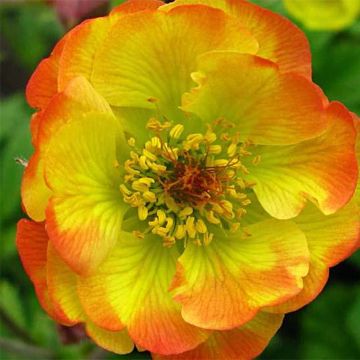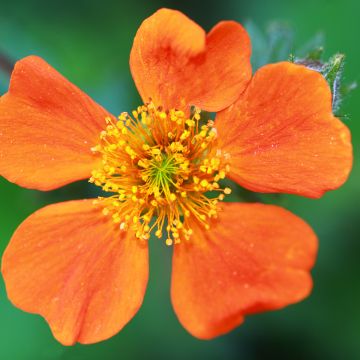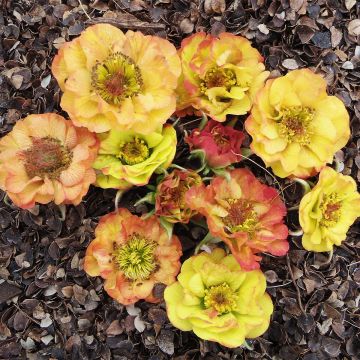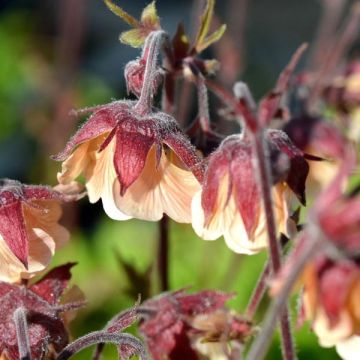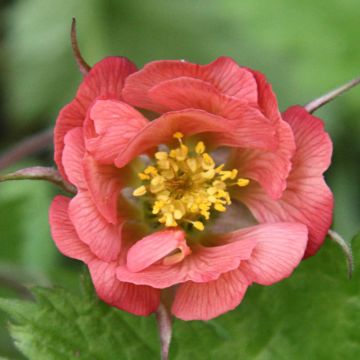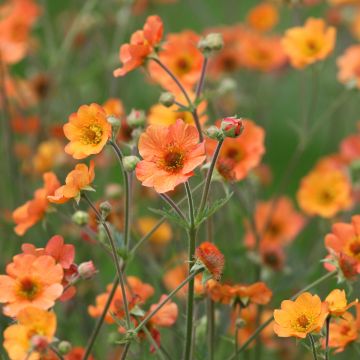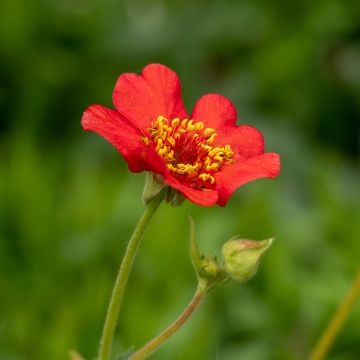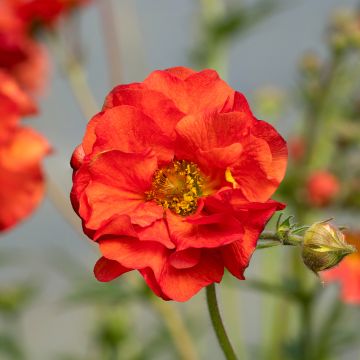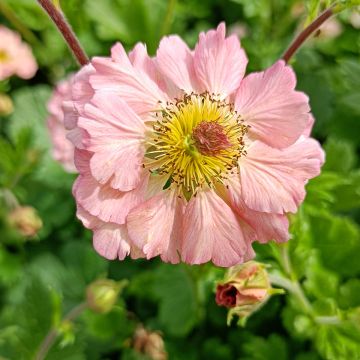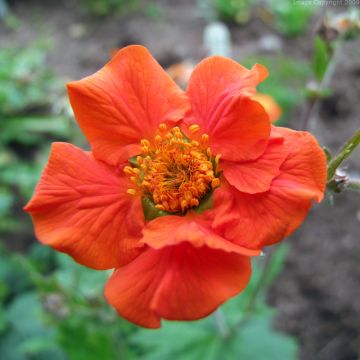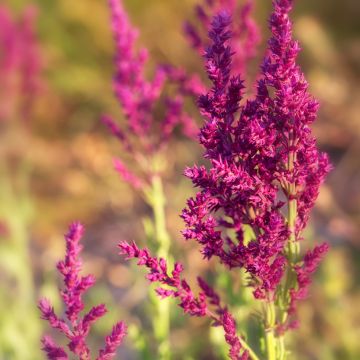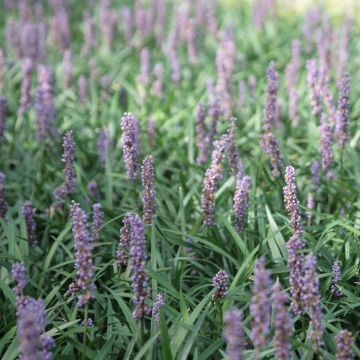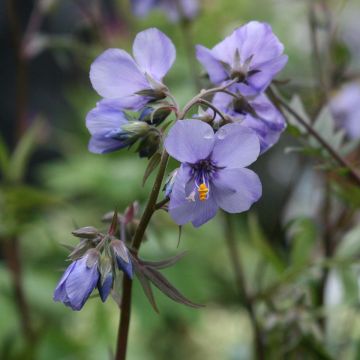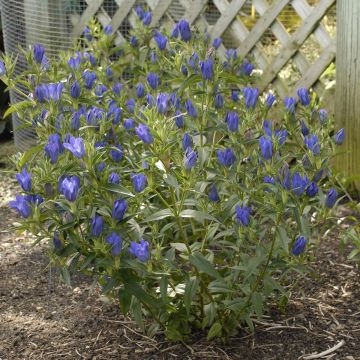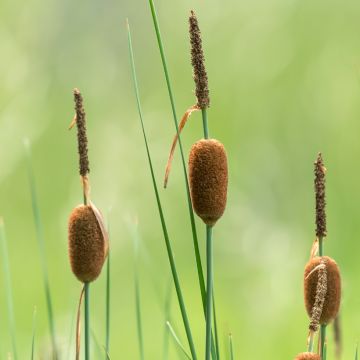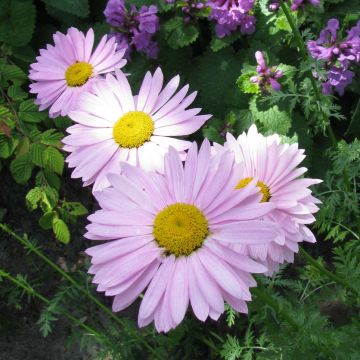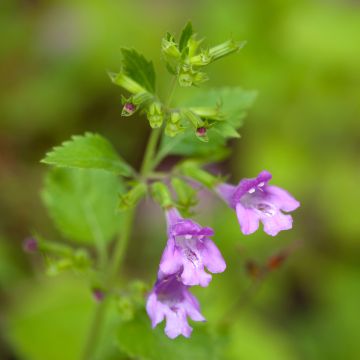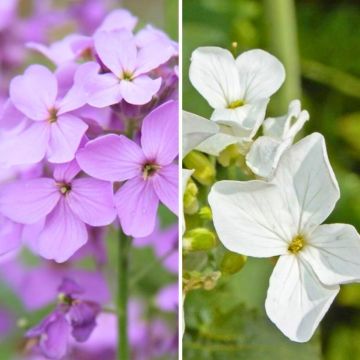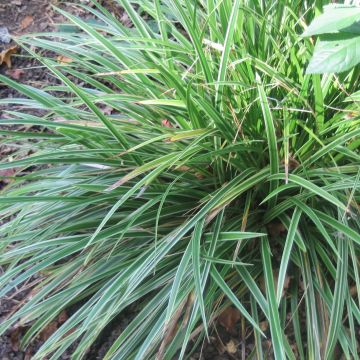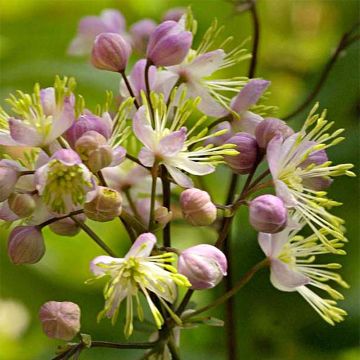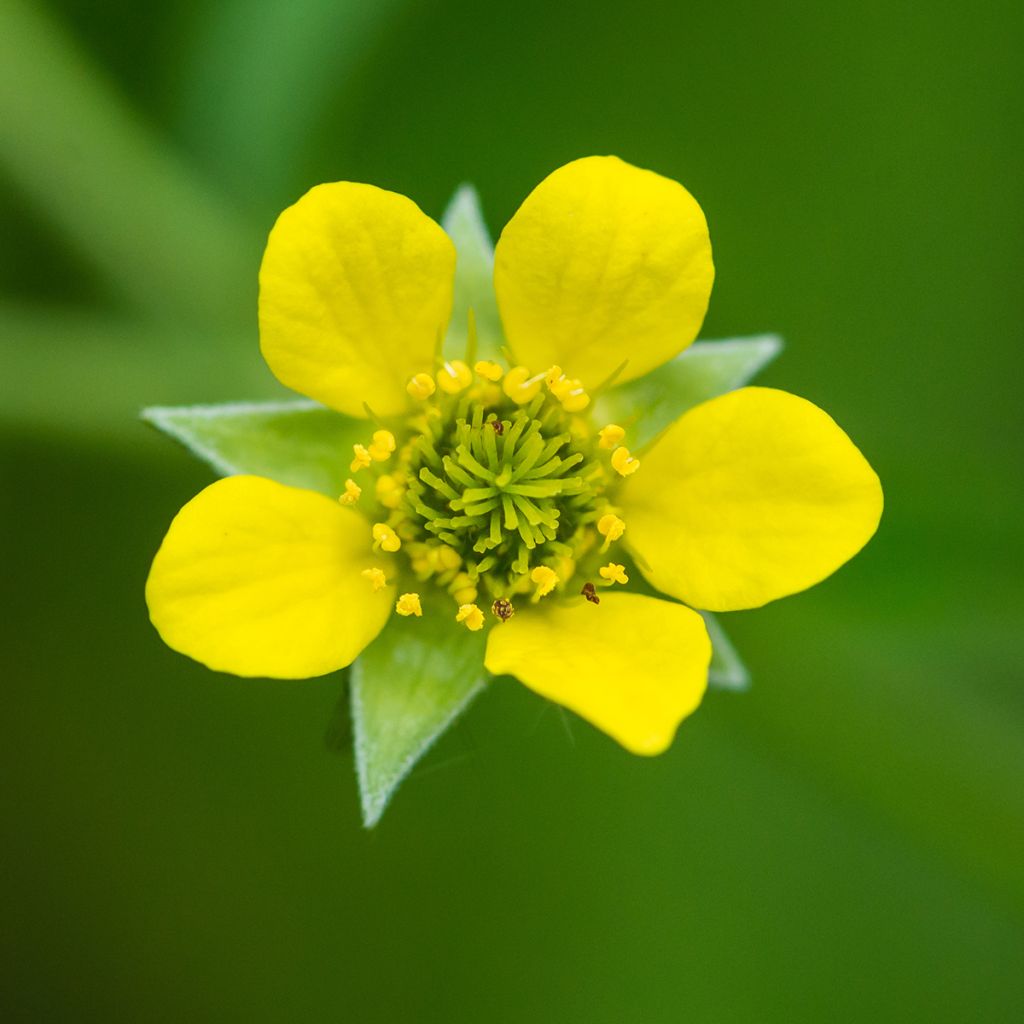

Geum urbanum
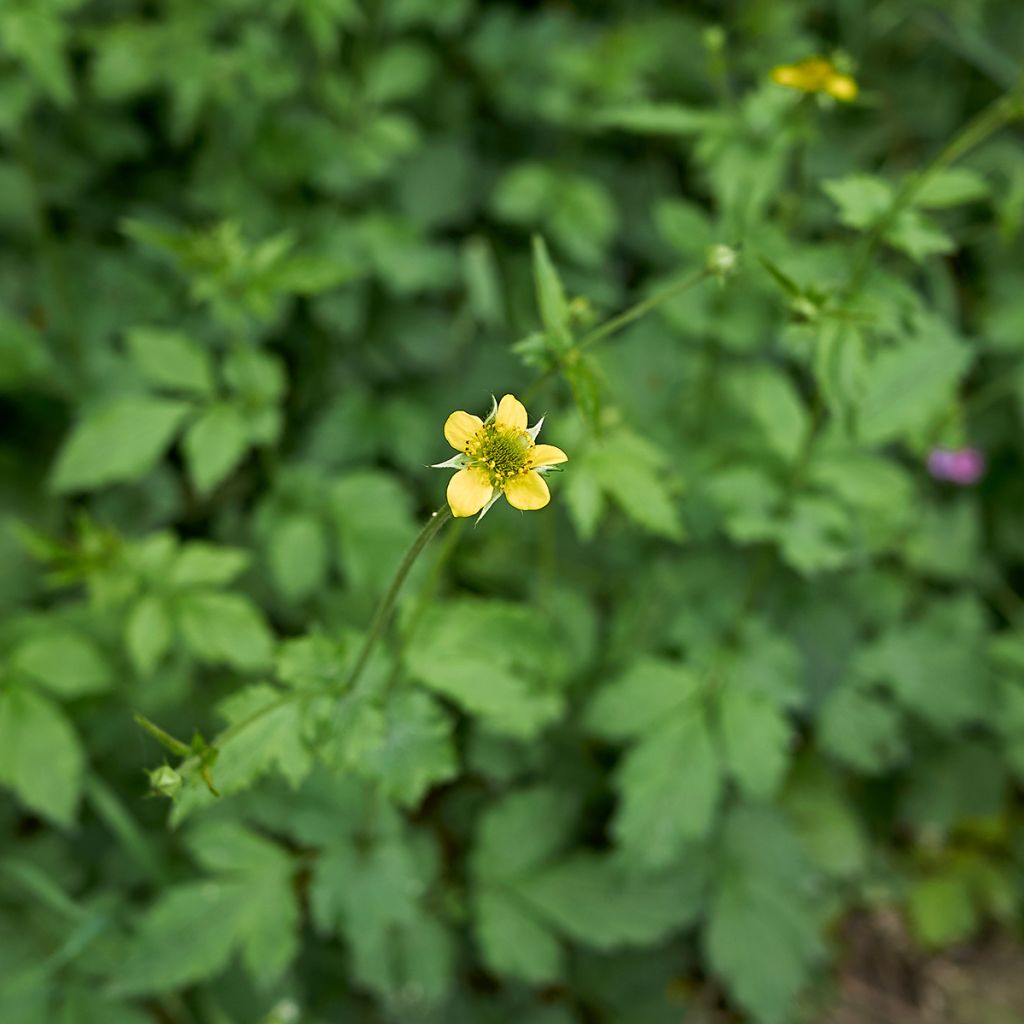

Geum urbanum
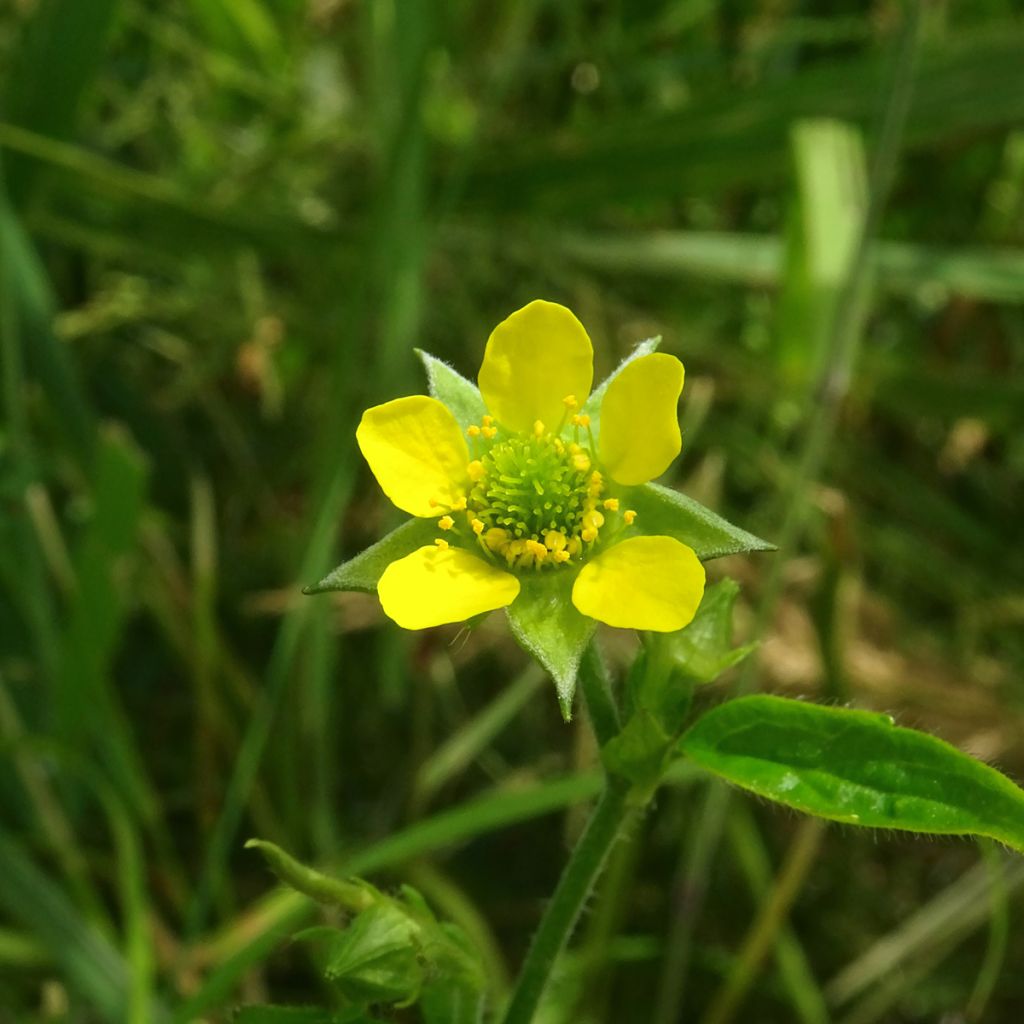

Geum urbanum
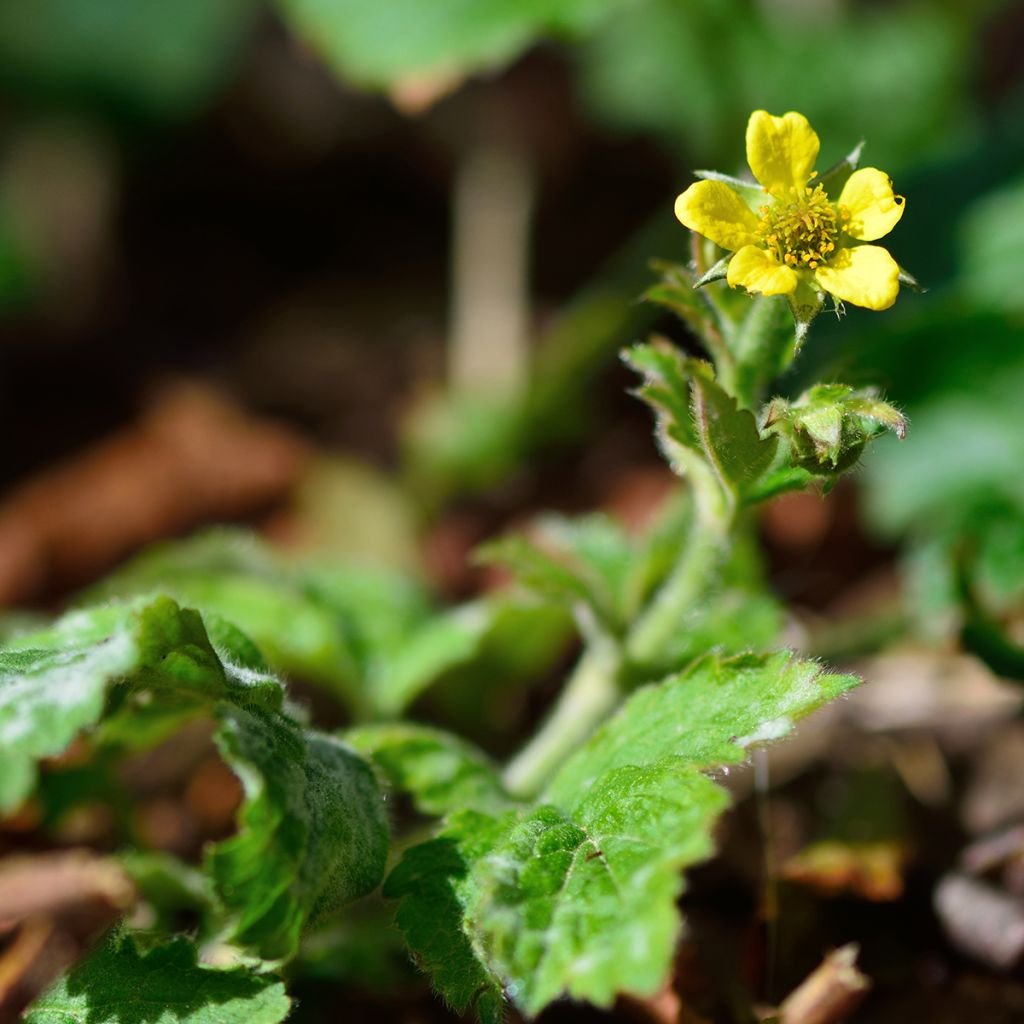

Geum urbanum
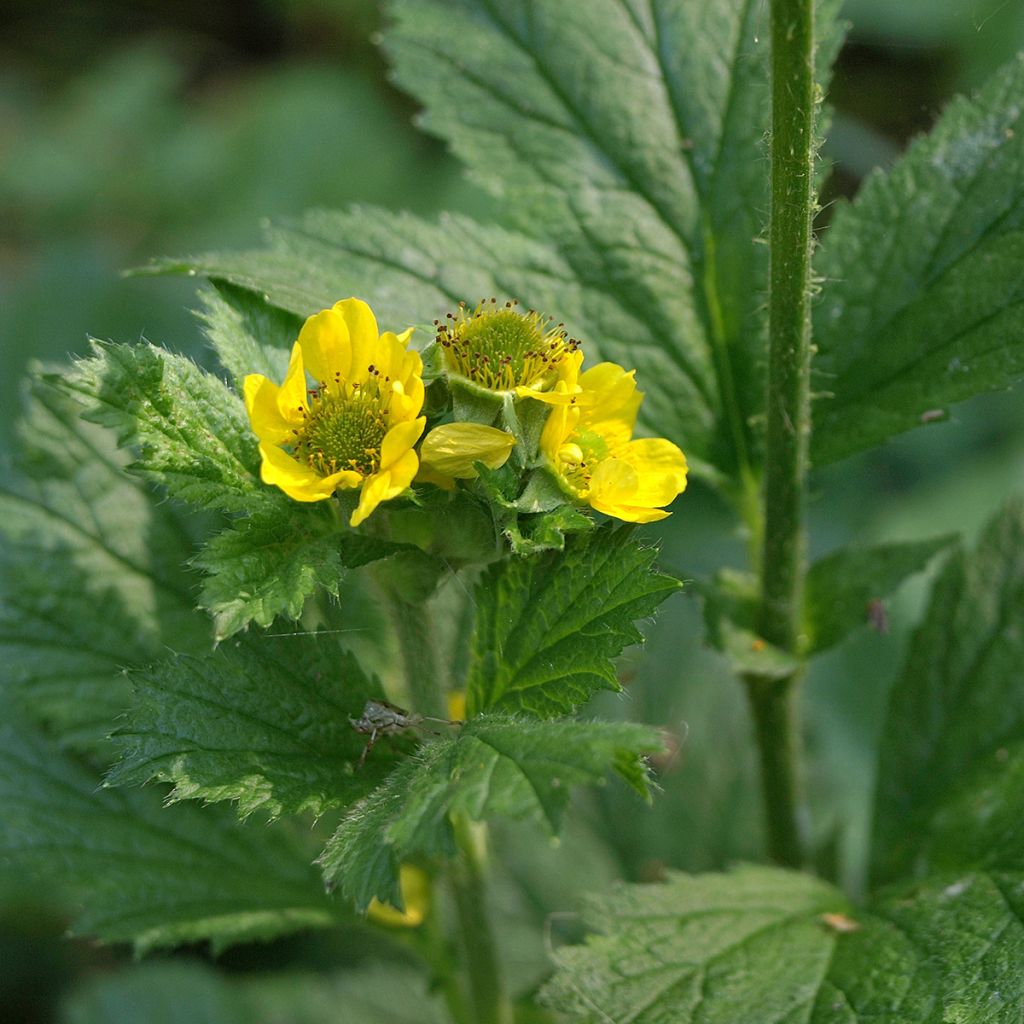

Geum urbanum
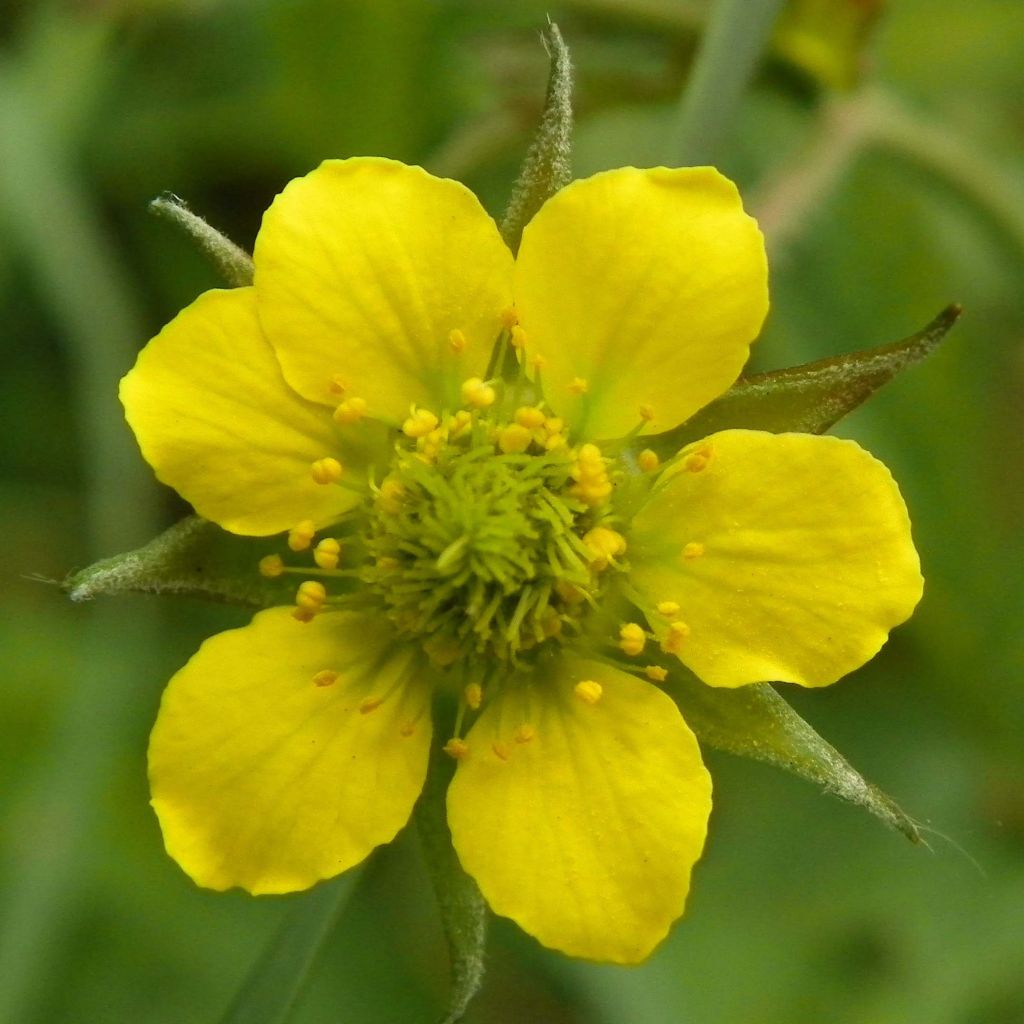

Geum urbanum
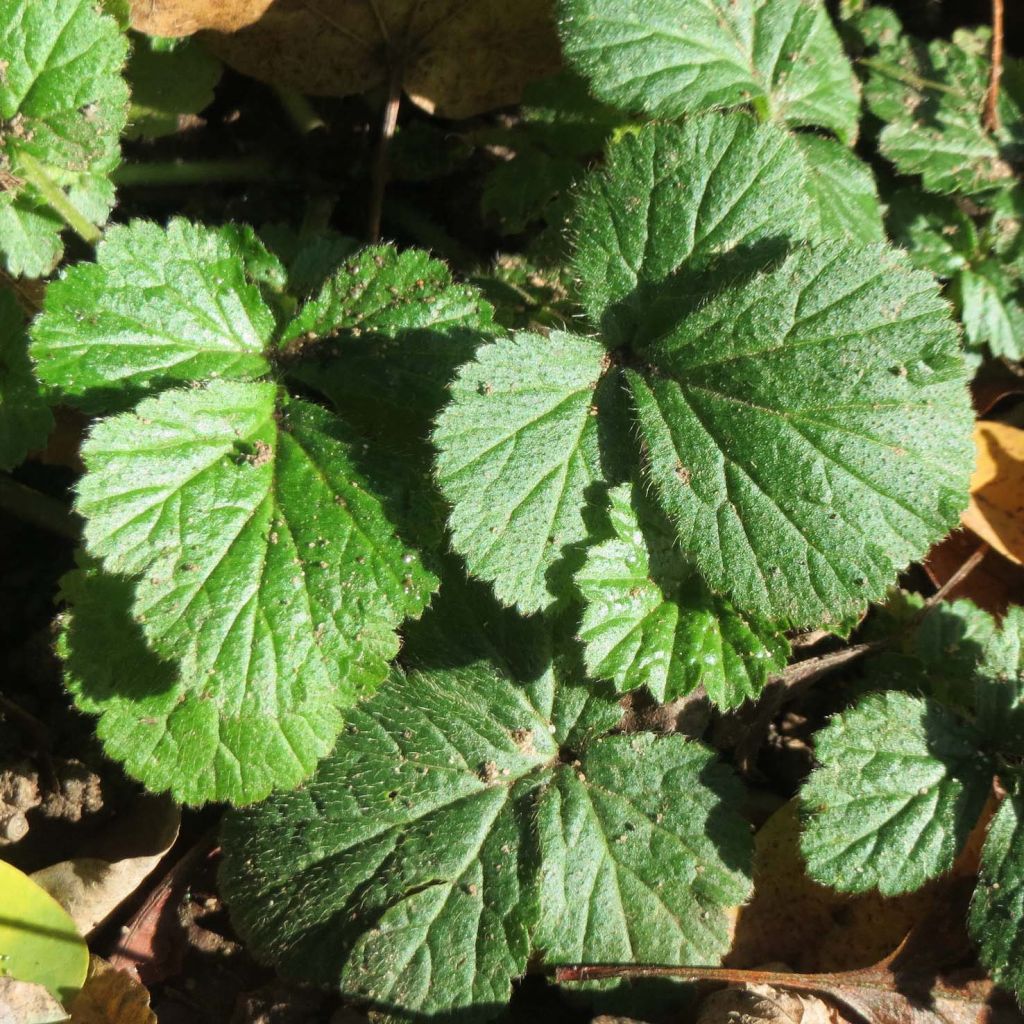

Geum urbanum
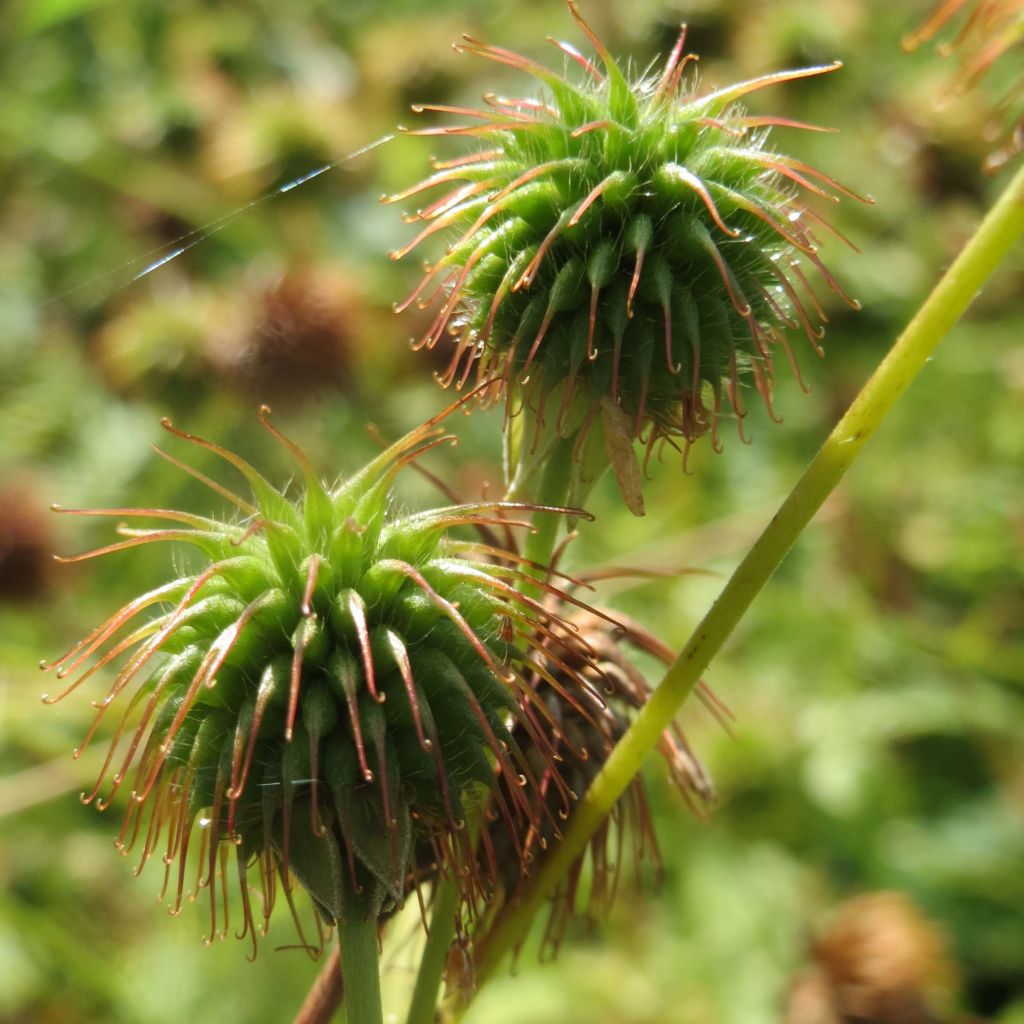

Geum urbanum
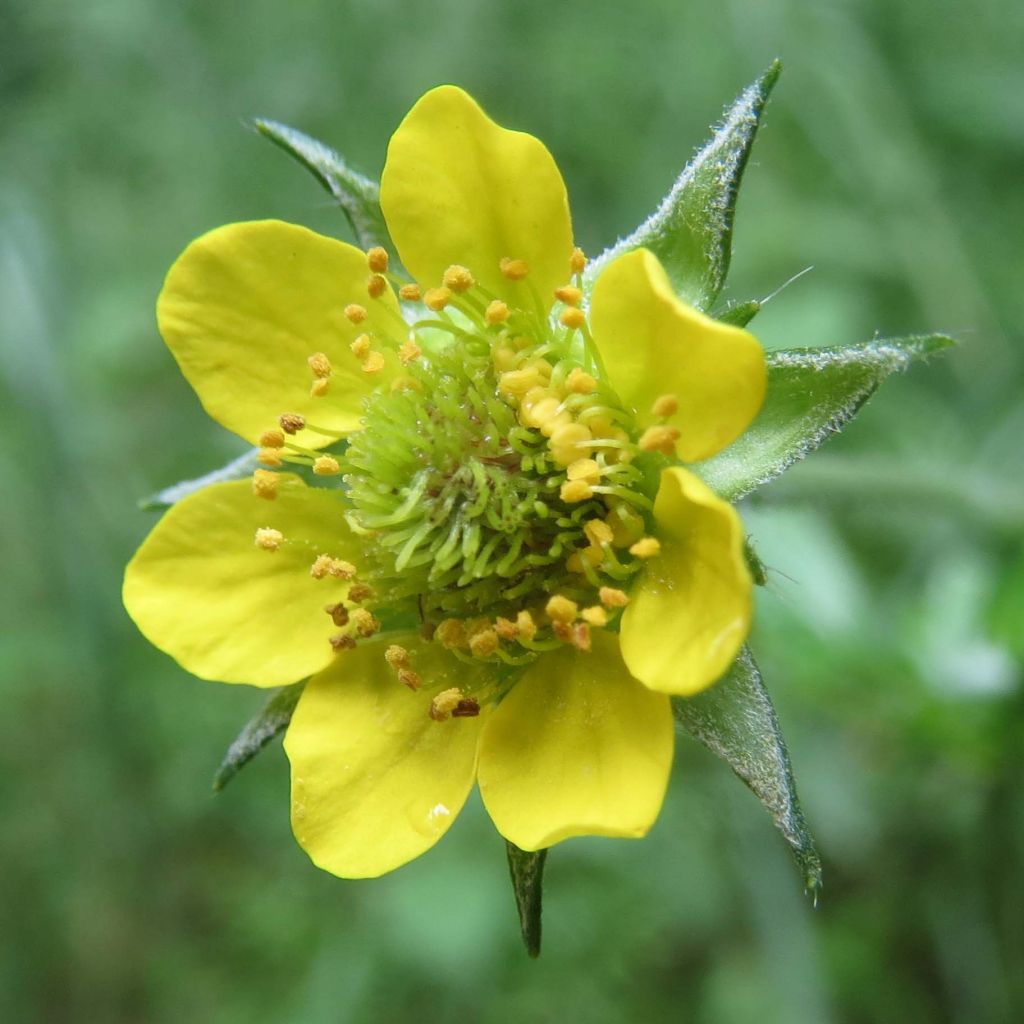

Geum urbanum
Geum urbanum
Geum urbanum
Wood Avens, Herb Bennet, City Avens, Colewort
Plant received in good condition!! Soil is well moistened and watered!!! It has taken well so far!!! I am looking forward to the flowering!!
Valerie, 08/06/2020
This item cannot be shipped to the selected country
Delivery charge from €5.90
More information
Schedule delivery date,
and select date in basket
This plant carries a 12 months recovery warranty
More information
We guarantee the quality of our plants for a full growing cycle, and will replace at our expense any plant that fails to recover under normal climatic and planting conditions.
From €5.90 for pickup delivery and €6.90 for home delivery
Express home delivery from €8.90.

Does this plant fit my garden?
Set up your Plantfit profile →
Description
The Wood Avens or Geum urbanum is a very pretty perennial plant, rich in tradition. Medicinal and aromatic, the avens of cities and fields is also a beautiful plant that will find its place in the herb garden or ornamental garden. Its flowering, although not spectacular, is remarkably long: its small yellow corollas succeed each other from May to September, above a beautiful tuft of foliage beautifully carved in a fresh green. Perfectly at ease in our climate, it prefers partial shade and fertile, moist soils. Simple and robust, avens were once found in all flower gardens. Let's keep a small place for them in our wild gardens and countryside beds!
Geums are herbaceous perennials of the rose family, very hardy, native to temperate or colder regions of the northern and southern hemispheres. It is generally found on humus-rich soils, in the shade of forests, on the edge of undergrowth or hedges. Its vegetation disappears in winter and resumes in spring.
The common avens form a basal foliage tuft composed of upright, vibrant green leaves, divided into 3 to 7 ovate, dentate leaflets. The basal leaves are smaller than those on the stems. The leaflets are almost glabrous on the upper surface, and hairy on the lower surface. A mature plant will measure about 50cm (20in) in height when flowering and have a spread of 40cm (16in). Flowering extends from late spring to the end of summer: on thin, upright, branched and leafy stems, small bright yellow cup-shaped flowers with a prominent heart filled with numerous stamens open. The flowers give way to round and 'hooked' fruits that easily attach to the fur of animals and the bottom of walkers' trousers, thus participating in its dispersal. Like many long-flowering perennials, this avens is not very long-lived, so it is advisable to divide it every three years to keep it in the garden for a long time.
Hardy and very floriferous, the common avens is an easy plant, very accommodating, to rediscover for its simplicity and solidity. It appreciates semi-shaded situations and grows in ordinary, moist but well-drained soil. It finds its place in the somewhat wild areas of the garden, or along the edge of the vegetable garden. Requiring some space to develop well, it is important to leave enough clearance around its base. It will blend beautifully with other spring and summer flowering wildflowers such as cornflowers, Galega, Galium, common saponaria or perennial geraniums. By mixing several varieties of avens together, you can create sublime scenes with vibrant colours!
Medicinal properties and various uses:
The roots of the common avens have febrifugal, tonic and astringent properties: they stimulate the appetite and aid digestion. They are used in infusions, which tints them red, to flavour various liqueurs, wine, and beer. In the past, the dyeing properties of this plant were used to colour wool: the root gives a brown-orange colour to fabrics, while the entire plant colours fibres a light brown. The young leaves, edible before flowering, can be mixed into salads. The root has a pleasant clove aroma and can be used in cooking as a seasoning.
Report an error about the product description
Geum urbanum in pictures
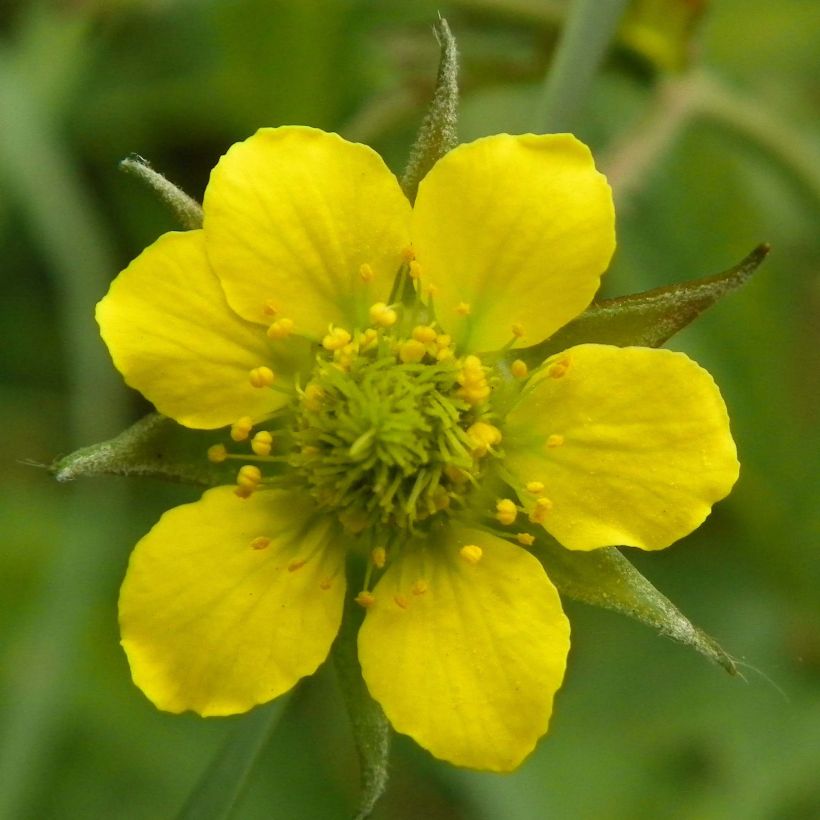

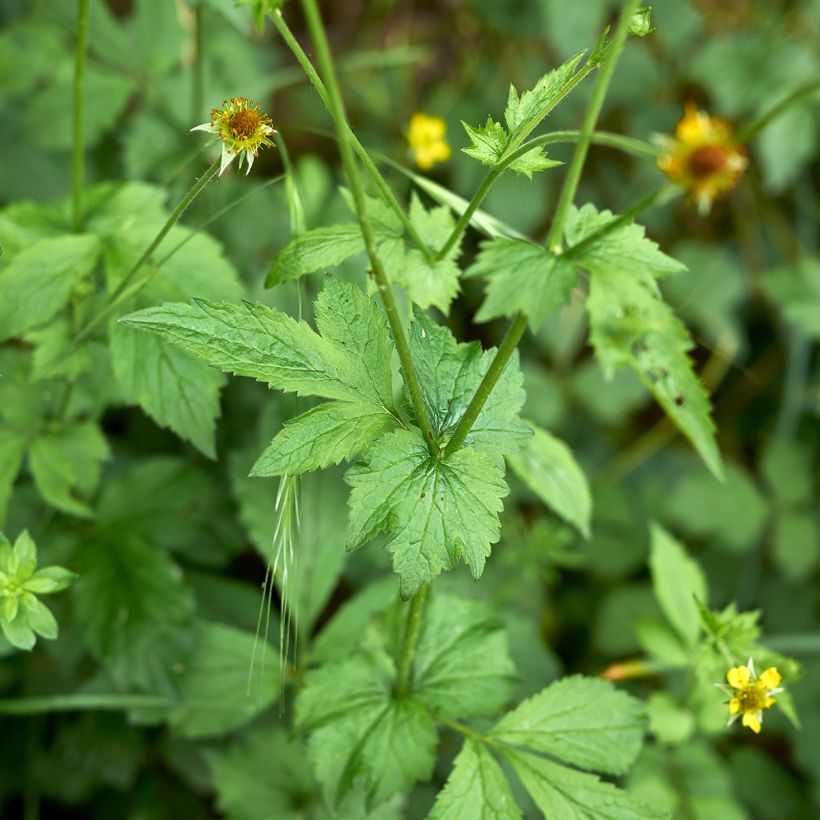

Flowering
Foliage
Plant habit
Botanical data
Geum
urbanum
Rosaceae
Wood Avens, Herb Bennet, City Avens, Colewort
Western Europe
Other Geum - Avens
Planting and care
The Geum urbanum, hardy to at least -15°C (5°F), appreciates a semi-shaded location (in the morning sun or on the edge of a hedge or grove), open, as well as an ordinary to rich, moist, humus-rich and clayey soil, even limestone, but well-drained. Geums do not appreciate excessive moisture in winter so damp and suffocating soils in winter should be avoided.
Planting can be done in spring or autumn. Be sure to regularly remove faded flowers to encourage the emergence of new flower buds and ensure continuous flowering. Since the lifespan of Geum is fairly short, it is recommended to divide the clumps every 3 or 4 years, in spring or autumn. Regular compost application is beneficial for them.
Very resistant to diseases, Geums are sometimes susceptible to sawfly larvae attacks, which can damage the foliage. Excessive drought can also make them susceptible to powdery mildew.
Planting period
Intended location
Care
-
, onOrder confirmed
Reply from on Promesse de fleurs
Summer flowering perennials
Haven't found what you were looking for?
Hardiness is the lowest winter temperature a plant can endure without suffering serious damage or even dying. However, hardiness is affected by location (a sheltered area, such as a patio), protection (winter cover) and soil type (hardiness is improved by well-drained soil).

Photo Sharing Terms & Conditions
In order to encourage gardeners to interact and share their experiences, Promesse de fleurs offers various media enabling content to be uploaded onto its Site - in particular via the ‘Photo sharing’ module.
The User agrees to refrain from:
- Posting any content that is illegal, prejudicial, insulting, racist, inciteful to hatred, revisionist, contrary to public decency, that infringes on privacy or on the privacy rights of third parties, in particular the publicity rights of persons and goods, intellectual property rights, or the right to privacy.
- Submitting content on behalf of a third party;
- Impersonate the identity of a third party and/or publish any personal information about a third party;
In general, the User undertakes to refrain from any unethical behaviour.
All Content (in particular text, comments, files, images, photos, videos, creative works, etc.), which may be subject to property or intellectual property rights, image or other private rights, shall remain the property of the User, subject to the limited rights granted by the terms of the licence granted by Promesse de fleurs as stated below. Users are at liberty to publish or not to publish such Content on the Site, notably via the ‘Photo Sharing’ facility, and accept that this Content shall be made public and freely accessible, notably on the Internet.
Users further acknowledge, undertake to have ,and guarantee that they hold all necessary rights and permissions to publish such material on the Site, in particular with regard to the legislation in force pertaining to any privacy, property, intellectual property, image, or contractual rights, or rights of any other nature. By publishing such Content on the Site, Users acknowledge accepting full liability as publishers of the Content within the meaning of the law, and grant Promesse de fleurs, free of charge, an inclusive, worldwide licence for the said Content for the entire duration of its publication, including all reproduction, representation, up/downloading, displaying, performing, transmission, and storage rights.
Users also grant permission for their name to be linked to the Content and accept that this link may not always be made available.
By engaging in posting material, Users consent to their Content becoming automatically accessible on the Internet, in particular on other sites and/or blogs and/or web pages of the Promesse de fleurs site, including in particular social pages and the Promesse de fleurs catalogue.
Users may secure the removal of entrusted content free of charge by issuing a simple request via our contact form.
The flowering period indicated on our website applies to countries and regions located in USDA zone 8 (France, the United Kingdom, Ireland, the Netherlands, etc.)
It will vary according to where you live:
- In zones 9 to 10 (Italy, Spain, Greece, etc.), flowering will occur about 2 to 4 weeks earlier.
- In zones 6 to 7 (Germany, Poland, Slovenia, and lower mountainous regions), flowering will be delayed by 2 to 3 weeks.
- In zone 5 (Central Europe, Scandinavia), blooming will be delayed by 3 to 5 weeks.
In temperate climates, pruning of spring-flowering shrubs (forsythia, spireas, etc.) should be done just after flowering.
Pruning of summer-flowering shrubs (Indian Lilac, Perovskia, etc.) can be done in winter or spring.
In cold regions as well as with frost-sensitive plants, avoid pruning too early when severe frosts may still occur.
The planting period indicated on our website applies to countries and regions located in USDA zone 8 (France, United Kingdom, Ireland, Netherlands).
It will vary according to where you live:
- In Mediterranean zones (Marseille, Madrid, Milan, etc.), autumn and winter are the best planting periods.
- In continental zones (Strasbourg, Munich, Vienna, etc.), delay planting by 2 to 3 weeks in spring and bring it forward by 2 to 4 weeks in autumn.
- In mountainous regions (the Alps, Pyrenees, Carpathians, etc.), it is best to plant in late spring (May-June) or late summer (August-September).
The harvesting period indicated on our website applies to countries and regions in USDA zone 8 (France, England, Ireland, the Netherlands).
In colder areas (Scandinavia, Poland, Austria...) fruit and vegetable harvests are likely to be delayed by 3-4 weeks.
In warmer areas (Italy, Spain, Greece, etc.), harvesting will probably take place earlier, depending on weather conditions.
The sowing periods indicated on our website apply to countries and regions within USDA Zone 8 (France, UK, Ireland, Netherlands).
In colder areas (Scandinavia, Poland, Austria...), delay any outdoor sowing by 3-4 weeks, or sow under glass.
In warmer climes (Italy, Spain, Greece, etc.), bring outdoor sowing forward by a few weeks.

































